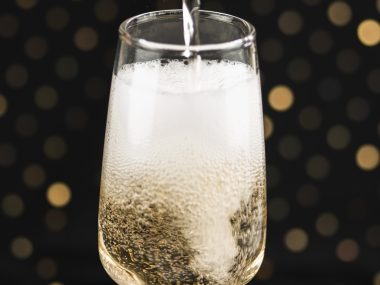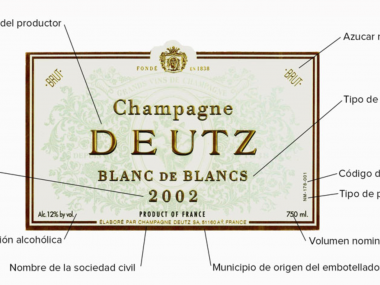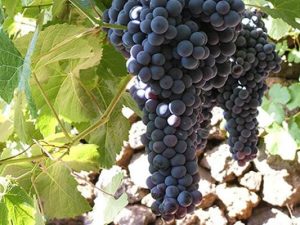No two wines are the same, and there is no doubt that colour is one of the most decisive aspects when it comes to differentiating wines. There are different colors of wine, many more than we can imagine. The main characteristics of the colour that we can find are the luminosity, the saturation and the tonality.
Lightness and saturation refer to the capacity of a colour to reflect light, as well as its concentration. While, on the other hand, the tone is determined by the very nature of the colour itself. So, when we talk about the colour of wine, what we are really talking about is it’s tonality.
What are the different colours of wine?
Although it is true that we can find multiple shades, with multiple colours, it is worth stopping to talk about those that are more common to find. Let’s know the different colours of the wine we can find:
Red wines
In the case of red wines, we can find the following shades:
- Purple and blue: Usually common in younger, under-ripe red wines. They are fresh wines, with little body and good acidity.
- Garnet: This is usually the colour that can be found in red wines at the beginning of their evolution. That is to say, it is common in some degree of aging (never more than 3 years)
- Red: These wines have a bright and quite intense colour. They have a little more body than the two types mentioned above.
- Mahogany: These are wines with quite long aging times. The body of the wine is usually intensified, and it ends up losing both freshness and acidity.
- Tile: Normally, this shade is the one presented by the oldest wines. Its aging times are so high that the wines end up losing color intensity, opacity and brightness.
White wines
If we are talking about white wines, we can find the following colours:
- Greenish straw: This is a shade similar to pale yellow with greenish reflections. It is usually a common color in young wines, wines that are characterized by being acidic and fresh.
- Straw-coloured: They have an even lower ripening time than the previous one. They are wines with a pale colour typical of young dry whites.
- Golden: Another colour of the white wine that we can find is the bright golden yellow, very common in young wines. This shade can be perceived after a certain period of maturation. It is very common in sweet wines.
- Coppery gold: It is common in white wines that have a long time of maturation. It is common for these wines to end up with aromas of wood, vanilla, etc. It is a shade found in dry whites and sweet whites.
- Ochre: Of all the tonalities for white wines it is, without a doubt, the darkest and dullest colour of all. It is usually present in those wines with a longer aging time, as well as in sweet wines.
Knowing the different colors of wine you will be able to know many details of the wine you are consuming at every moment. To your health!






